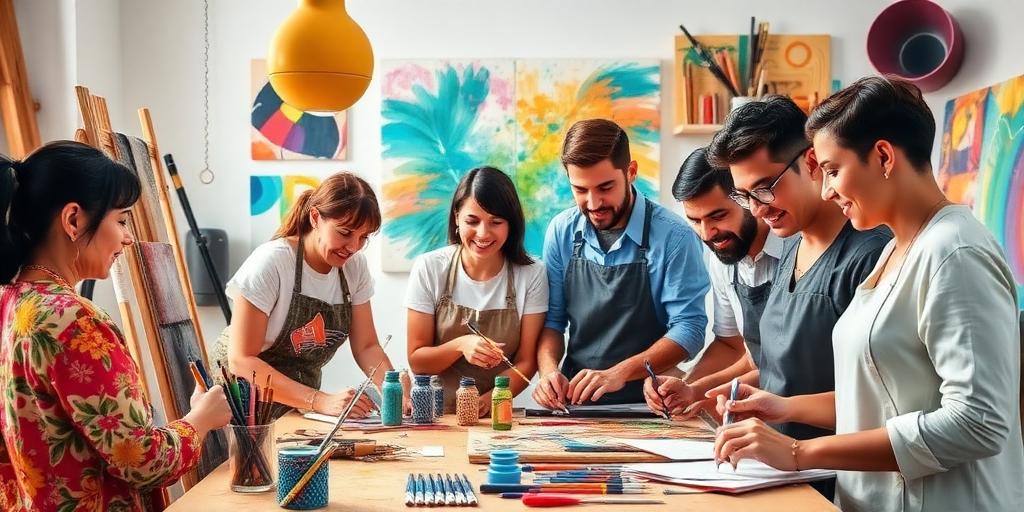The Future of Creativity in the Digital Age
In an era dominated by algorithms and artificial intelligence, the concept of creativity might seem at risk. However, the digital age isn't the death knell for creativity; it's a catalyst. This post explores how creativity is evolving, adapting, and thriving in our increasingly digital world.
The Evolving Definition of Creativity
Creativity has traditionally been viewed as a uniquely human trait, often associated with artistic endeavors like painting, writing, and music. But in the digital age, creativity is expanding beyond these traditional boundaries. It now encompasses innovation in technology, problem-solving in complex systems, and the ability to adapt and find new solutions in rapidly changing environments.
AI as a Creative Partner
One of the most significant shifts in the creative landscape is the emergence of artificial intelligence (AI) as a creative partner. AI tools can now generate art, compose music, and even write content. While some fear that AI will replace human creativity, the reality is more nuanced. AI can augment human capabilities, providing new tools and possibilities for creative expression. Think of AI as a digital muse, offering inspiration and assistance, but still requiring human direction and vision.
Democratization of Creative Tools
The digital age has democratized access to creative tools. Software and platforms that were once expensive and exclusive are now readily available to anyone with an internet connection. This democratization empowers individuals to explore their creative potential, regardless of their background or resources. From graphic design software to music production tools, the barriers to entry have never been lower.
The Rise of Digital Art Forms
New digital art forms are emerging, pushing the boundaries of creativity. Virtual reality (VR), augmented reality (AR), and interactive installations are just a few examples of how technology is enabling artists to create immersive and engaging experiences. These new mediums offer unique opportunities for storytelling, expression, and audience participation.
The Importance of Human Connection
In an increasingly digital world, the importance of human connection in creativity cannot be overstated. Collaboration, feedback, and shared experiences are essential for fostering innovation and pushing creative boundaries. Digital platforms facilitate global collaboration, allowing creators from different cultures and backgrounds to connect and collaborate on projects.
Challenges and Opportunities
While the digital age offers unprecedented opportunities for creativity, it also presents challenges. Issues like copyright infringement, the spread of misinformation, and the potential for algorithmic bias need to be addressed. However, these challenges also present opportunities for innovation and the development of new ethical frameworks for the digital age.
Long-Tail Keywords:
- "digital creativity tools"
- "AI and artistic expression"
- "future of digital art"
- "democratization of creativity"
- "impact of technology on creativity"
Conclusion
The future of creativity in the digital age is bright. Technology is not a threat but a tool, and when used thoughtfully, it can amplify human creativity and unlock new possibilities. As we move forward, it's crucial to embrace these tools, foster collaboration, and address the challenges to ensure that creativity continues to thrive in the digital world.









